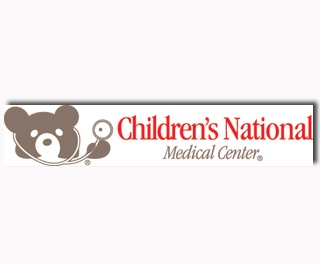
It is assumed that both pathways work in unison for determining the number and type of brain cells. These cells are apparently developed during growth and repair in developing as well as adult brains. Investigators suspect their findings to provide help in designing novel methods of inducing the brain to repair itself when these signals are interrupted. During the investigations, researchers adopted an approach in a laboratory setting that altered genes involved in the two signaling pathways.
Vittorio Gallo, PhD, director of the Center for Neuroscience Research at Children’s National, highlighted, “By understanding how these cellular signaling pathways operate in the brain, we may be able to develop genetic or molecular approaches that target those signals to facilitate or induce regeneration of the brain from neural stem cells. These signaling pathways, normally activated during brain development, work in concert through the cellular microenvironment and through interactions with existing brain cells to determine how many of each type of brain cell are required for proper brain function.â€
This approach seemingly allowed scientists to change the properties of neural stem cells as they developed. Some of these properties comprised modifying the size of neural stem cell’s pool in the brain, amount of viable neural stem cells, and types of brain cells these stem cells ultimately transform into. It was mentioned that neural stem cells can develop into all major cell types of the brain.
Ascertaining the interaction between two cellular signaling pathways may be vital in understanding the molecular networks governing cellular micro-environments, or niches, in which these neural stem cells operate. Further investigations can be initiated for ascertaining whether disruptions of these pathways in early brain development could lead to common neurodevelopmental disorders like epilepsy, cerebral palsy, autism, Down syndrome, ADHD, and intellectual disabilities.
The research is published in the September issue of Nature.
